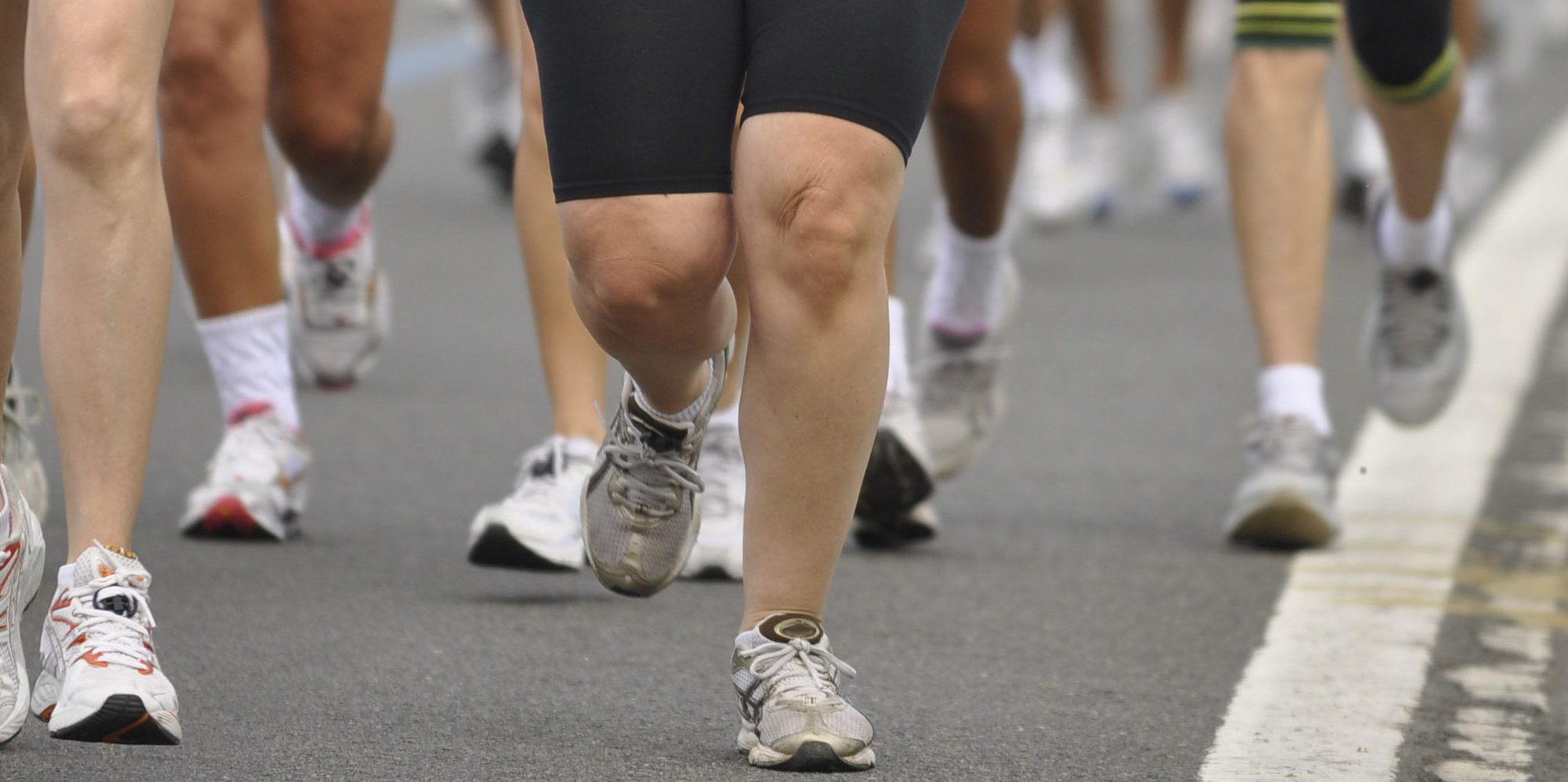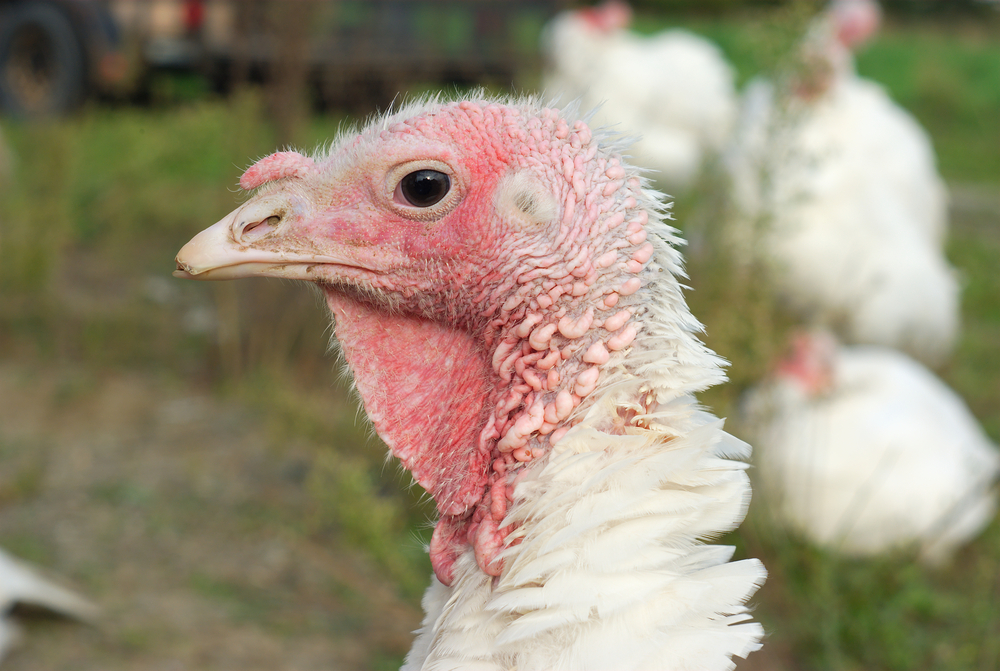Losing 50 or 100+ lbs. of excess weight is an achievement to be proud of. The problem is that a lean, toned body was what you had in mind — overhanging, loose skin definitely isn’t something you signed up for.
Sure, you’re over the moon because your health has improved in so many ways. But when you took the steps to lose that weight, this isn’t exactly what you expected. Dealing with the loose skin that’s left behind after dramatic weight loss raises several new questions. Are there ways to tighten or remove all that excess skin? What are the most effective treatment options? Can I avoid surgery?
We brought in two expert plastic surgeons to answer these questions.
What Causes Loose Skin after Weight Loss?
“Skin is an adaptable organ. For patients with extra weight, the skin stretches to accommodate fat deposits. Implementing an exercise program as part of your weight loss can help tone the body, but fitness and strength training have limitations,” says New York dermatologist Dr. Bruce Katz.
If you have 10, 15, or even 20 lbs. to lose, exercise and strength training does have its benefits. Being left with excessively loose skin is not likely to be a problem in that case. However, a loss of 50 lbs. or more will often leave you with more skin than you bargained for.
“This is particularly true for those with dramatic weight loss of over 100 lbs. after bariatric surgery, such as gastric bypass and gastric branding, or from diet and exercise,” says cosmetic plastic surgeon Dr. Zachary Farris of Dallas, Texas. “With this degree of weight loss, the fat disappears but excessive skin and hanging folds become a new problem.”
According to research, 92% of bariatric patients end up with loose skin, especially in the stomach region, upper arms and buttocks. At least 30% of these patients will seek out plastic surgery procedures to help them overcome this new found problem.
Studies show that dramatic weight loss causes irreparable damage to collagen and elastin in the skin. “When patients lose a significant amount of weight, the skin unfortunately doesn’t just ‘snap back’ to reflect a slimmer figure,” says Dr. Katz. Essentially, skin loses it’s ability to contract and no matter how much exercise, it just won’t fix the issue. There is simply too much structural damage to the collagen and elastin fibers.
“Skin and the underlying connective tissue also loses elasticity with age,” adds Dr. Katz. Therefore, the older you are, the more likely it will be that significant weight loss results in loose skin to varying degrees.
And even if you don’t undergo bariatric surgery, factors such as length of time overweight, genetics, sun exposure, and smoking can increase your risk of ending up with loose skin after weight loss.
What Are the Benefits of Skin Excision?
Research indicates there are three main reasons people choose to have their excess skin removed — physical, psychosocial, and cosmetic. The majority choose to do it for cosmetic reasons, which is often brought about by body image concerns.
Individuals may experience a huge sense of accomplishment in losing large amounts of weight. But at the end of the day, they still have to look in the mirror. The emotional burden of dealing with a physical appearance they don’t feel comfortable walking around in is often what leads people to seek out surgery.
“Patients who lose a lot of weight want to see the difference,” says Dr. Katz. “It reflects the improvements they’ve made not only to their body but often their diet and lifestyle, and it validates all of the hard work they put into weight loss.”
Then there are the physical burdens that people face. “Not only is loose skin unsightly, but it can also be uncomfortable. The skin can rub together and act as a sort of trough for sweat, causing irritation and rashes,” says Dr. Katz.
And, although a touchy subject that’s often left unspoken, sexual problems, both physical and emotional, are also very common reasons why people wish to remove the loose skin.
How Do You Tighten Excess Skin?
“For someone who has lost about 50 lbs, SculpSure and ThermiRF may be adequate to improve the skin laxity,” says Dr. Katz. These are both non-invasive FDA approved treatments.
However, Dr. Farris suggests that non-invasive procedures such as “laser and ultrasound skin tightening may be beneficial for mild skin tightening, but they are usually ineffective for the degree of excess skin left after massive weight loss.” Dr. Katz agrees that “for 100+ lbs of weight loss, if the skin is extremely stretched, surgical excision may be necessary.”
“A tummy tuck (abdominoplasty) is the most common form of surgery,” says Dr. Farris. For extremely loose skin all over the body, people frequently undergo a variety of surgical procedures referred to as body contouring.
Laser Treatments
For tightening loose skin in those that have lost 50 pounds or less, “one of the most effective treatments I’ve found is SculpSure,” says Dr. Katz. “It uses lasers to heat fat cells, breaking them down so the body can eliminate the cells through natural waste removal processes.”
SculpSure is a painless, non-invasive procedure that can be used to tone various parts of the body — flanks, abdomen, upper arms, thighs, and knees. The treatment has the additional benefit of “encouraging the body’s production of elastin and collagen, both of which help the skin look more youthful and bounce into its desired shape faster,” adds Dr. Katz.
Radio Frequency
“If the skin is excessively loose, we use ThermiRF, which is a radiofrequency device to tighten extremely loose skin,” says Dr. Katz. This treatment injects frequencies into the inner layer of the skin to induce effective skin tightening. It is frequently used on the neck, jowls, abdomen, thighs, and upper arms. This treatment is best suited to people who have lost 50 pounds or less.
Ultrasound
Micro-focused ultrasound procedures such as Ultherapy can be effective for tightening the facial and neck skin, whereas high intensity ultrasound is used to reduce fat from the stomach and waist regions. However, ultrasound is best suited to people with smaller levels of skin laxity rather than people with excessively loose skin.
Surgical Procedures
For people who have achieved significant and dramatic weight loss of 50 to 100+ lbs., surgical procedures such as body contouring are the only way to remove the excess loose skin.
“Body contouring surgery includes a variety of different plastic surgery procedures aimed to correct the problems that arise after massive weight loss,” says Dr. Farris. “Procedures performed to address these changes include a tummy tuck, lower body lift, thigh lift, back lift, breast lifts — sometimes with implants, arm lift, or face and neck lift.”
- Tummy tuck surgery (abdominoplasty) removes skin from the abdomen.
- Lower body lift surgery (belt lipectomy) removes skin from the thighs, hips, buttocks and belly.
- Thigh lift surgery (thighplasty) removes skin from the inner and outer thighs.
- Breast lift surgery (mastopexy) removes excess skin, reshapes and lifts the breasts.
- Arm lift surgery (brachioplasty) removes excess skin and those ‘bat wings’ from the upper arms.
- Facelift (rhytidectomy) and neck lift surgery remove excess double chin, jowls and drooping facial or neck skin.
Abdominoplasty is the most common type of body contouring surgery performed. However, many individuals choose to undergo consecutive surgeries to address multiple parts of the body.
The photos above show a 30 year-old female who had excess abdominal skin and fat as a result of weight loss. Dr. Farris performed a tummy tuck (abdominoplasty), which removed the excess skin and fat, tightened the abdominal muscles and reconstructed the umbilicus. Results are shown 6 months post-op.
“Body contouring of the whole body is not performed at once,” says Dr. Farris. “Typically, sets of procedures are staged, at least 3 months apart. For example, a patient may have a tummy tuck and a thigh lift in one operation and then have a breast lift and arm lift for the next stage.”
Do Surgical Procedures Cause Significant Scarring?
Another consideration that crosses people’s minds are the scars left behind from the procedures. However, research indicates that overall patients feel their quality of life and improvement in body image outweigh the scars left behind.
Dr. Farris provides additional confidence, suggesting that “scars are typically placed in a strategic fashion in order to conceal them as much as possible. A tummy tuck scar is placed low enough to fall within the crease that demarcates the border between the abdominal and thigh aesthetic units. This allows it to be less obvious.”
Lastly, Dr. Farris recommends that body contouring surgery should only be considered once the patient has achieved their goal weight and has been stable at that weight for several months. For those who underwent bariatric surgery, this may take around 12 to 18 months.









